Omar Alfarisi
3D Adapted Random Forest Vision (3DARFV) for Untangling Heterogeneous-Fabric Exceeding Deep Learning Semantic Segmentation Efficiency at the Utmost Accuracy
Mar 23, 2022



Abstract:Planetary exploration depends heavily on 3D image data to characterize the static and dynamic properties of the rock and environment. Analyzing 3D images requires many computations, causing efficiency to suffer lengthy processing time alongside large energy consumption. High-Performance Computing (HPC) provides apparent efficiency at the expense of energy consumption. However, for remote explorations, the conveyed surveillance and the robotized sensing need faster data analysis with ultimate accuracy to make real-time decisions. In such environments, access to HPC and energy is limited. Therefore, we realize that reducing the number of computations to optimal and maintaining the desired accuracy leads to higher efficiency. This paper demonstrates the semantic segmentation capability of a probabilistic decision tree algorithm, 3D Adapted Random Forest Vision (3DARFV), exceeding deep learning algorithm efficiency at the utmost accuracy.
Digital Rock Typing DRT Algorithm Formulation with Optimal Supervised Semantic Segmentation
Jan 05, 2022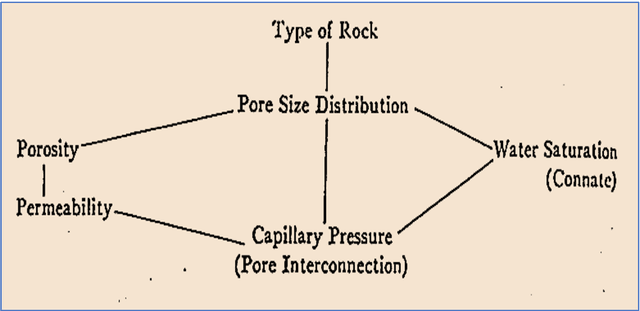
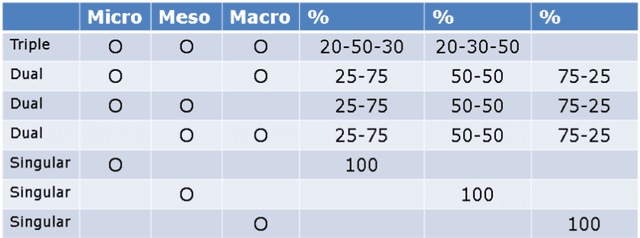

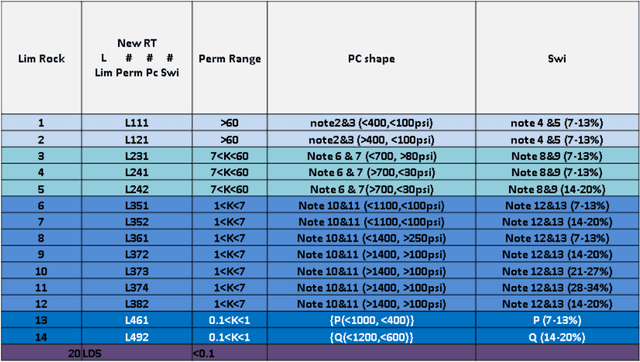
Abstract:Each grid block in a 3D geological model requires a rock type that represents all physical and chemical properties of that block. The properties that classify rock types are lithology, permeability, and capillary pressure. Scientists and engineers determined these properties using conventional laboratory measurements, which embedded destructive methods to the sample or altered some of its properties (i.e., wettability, permeability, and porosity) because the measurements process includes sample crushing, fluid flow, or fluid saturation. Lately, Digital Rock Physics (DRT) has emerged to quantify these properties from micro-Computerized Tomography (uCT) and Magnetic Resonance Imaging (MRI) images. However, the literature did not attempt rock typing in a wholly digital context. We propose performing Digital Rock Typing (DRT) by: (1) integrating the latest DRP advances in a novel process that honors digital rock properties determination, while; (2) digitalizing the latest rock typing approaches in carbonate, and (3) introducing a novel carbonate rock typing process that utilizes computer vision capabilities to provide more insight about the heterogeneous carbonate rock texture.
Morphology Decoder: A Machine Learning Guided 3D Vision Quantifying Heterogenous Rock Permeability for Planetary Surveillance and Robotic Functions
Nov 26, 2021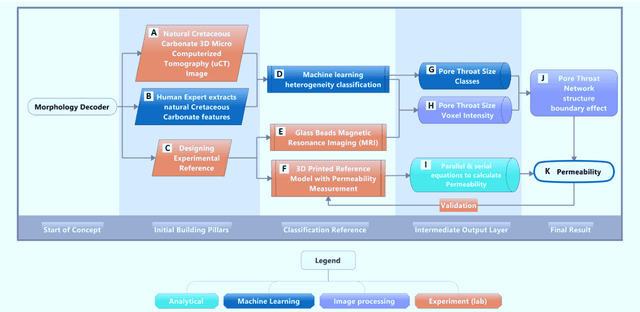

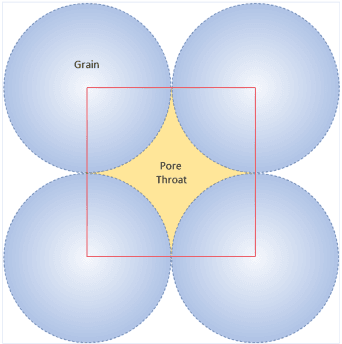

Abstract:Permeability has a dominant influence on the flow properties of a natural fluid. Lattice Boltzmann simulator determines permeability from the nano and micropore network. The simulator holds millions of flow dynamics calculations with its accumulated errors and high consumption of computing power. To efficiently and consistently predict permeability, we propose a morphology decoder, a parallel and serial flow reconstruction of machine learning segmented heterogeneous Cretaceous texture from 3D micro computerized tomography and nuclear magnetic resonance images. For 3D vision, we introduce controllable-measurable-volume as new supervised segmentation, in which a unique set of voxel intensity corresponds to grain and pore throat sizes. The morphology decoder demarks and aggregates the morphologies boundaries in a novel way to produce permeability. Morphology decoder method consists of five novel processes, which describes in this paper, these novel processes are: (1) Geometrical 3D Permeability, (2) Machine Learning guided 3D Properties Recognition of Rock Morphology, (3) 3D Image Properties Integration Model for Permeability, (4) MRI Permeability Imager, and (5) Morphology Decoder (the process that integrates the other four novel processes).
Deducing of Optimal Machine Learning Algorithms for Heterogeneity
Nov 10, 2021


Abstract:For defining the optimal machine learning algorithm, the decision was not easy for which we shall choose. To help future researchers, we describe in this paper the optimal among the best of the algorithms. We built a synthetic data set and performed the supervised machine learning runs for five different algorithms. For heterogeneity, we identified Random Forest, among others, to be the best algorithm.
Machine Learning Guided 3D Image Recognition for Carbonate Pore and Mineral Volumes Determination
Nov 08, 2021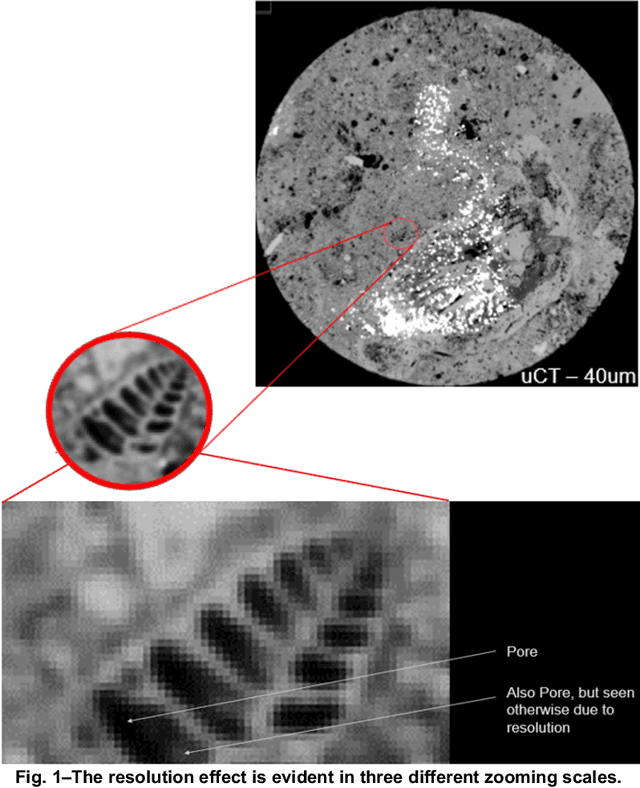
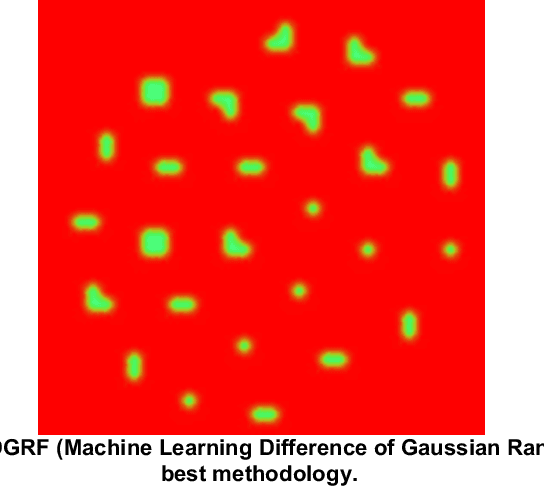
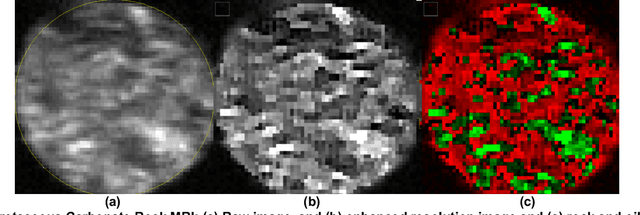
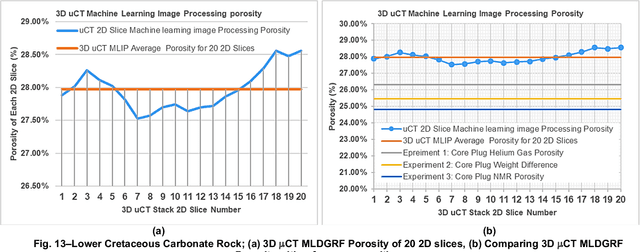
Abstract:Automated image processing algorithms can improve the quality, efficiency, and consistency of classifying the morphology of heterogeneous carbonate rock and can deal with a massive amount of data and images seamlessly. Geoscientists face difficulties in setting the direction of the optimum method for determining petrophysical properties from rock images, Micro-Computed Tomography (uCT), or Magnetic Resonance Imaging (MRI). Most of the successful work is from the homogeneous rocks focusing on 2D images with less focus on 3D and requiring numerical simulation. Currently, image analysis methods converge to three approaches: image processing, artificial intelligence, and combined image processing with artificial intelligence. In this work, we propose two methods to determine the porosity from 3D uCT and MRI images: an image processing method with Image Resolution Optimized Gaussian Algorithm (IROGA); advanced image recognition method enabled by Machine Learning Difference of Gaussian Random Forest (MLDGRF). We have built reference 3D micro models and collected images for calibration of IROGA and MLDGRF methods. To evaluate the predictive capability of these calibrated approaches, we ran them on 3D uCT and MRI images of natural heterogeneous carbonate rock. We measured the porosity and lithology of the carbonate rock using three and two industry-standard ways, respectively, as reference values. Notably, IROGA and MLDGRF have produced porosity results with an accuracy of 96.2% and 97.1% on the training set and 91.7% and 94.4% on blind test validation, respectively, in comparison with the three experimental measurements. We measured limestone and pyrite reference values using two methods, X-ray powder diffraction, and grain density measurements. MLDGRF has produced lithology (limestone and Pyrite) volumes with 97.7% accuracy.
 Add to Chrome
Add to Chrome Add to Firefox
Add to Firefox Add to Edge
Add to Edge